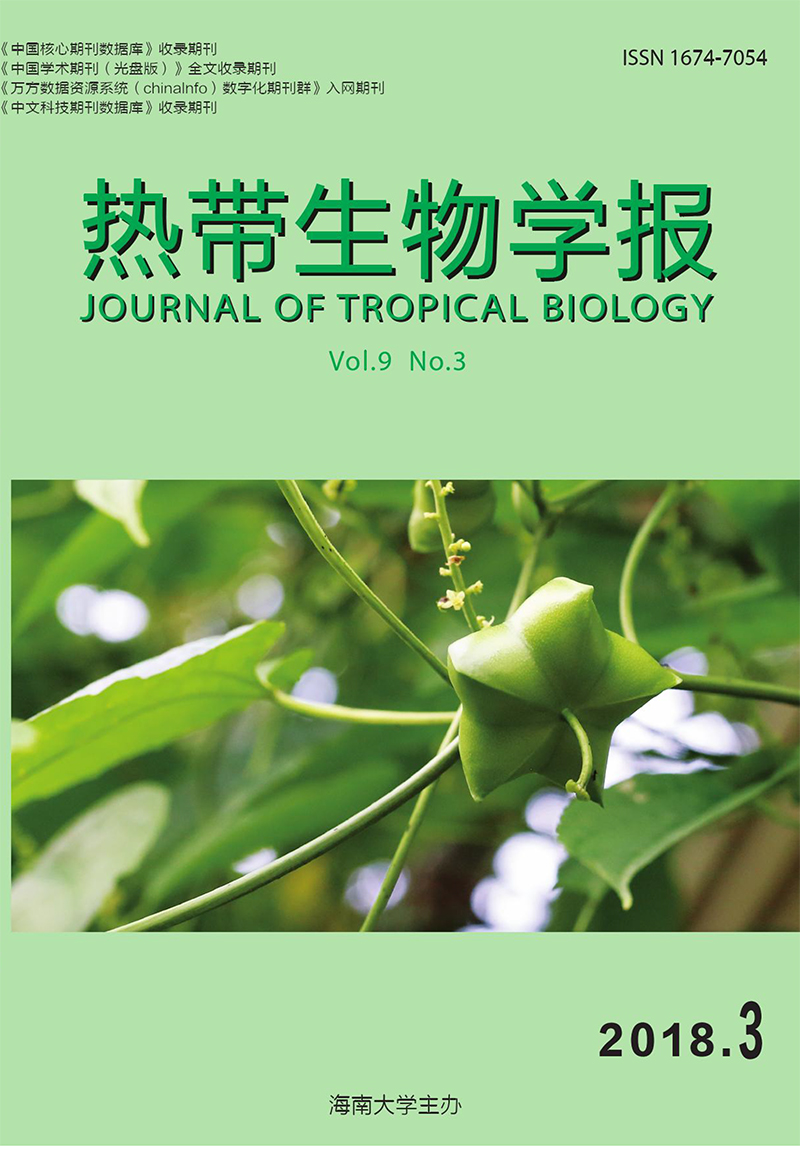Anatomical Structure of Vegetative Organs of Plukenetia volubilis
doi: 10.15886/j.cnki.rdswxb.2018.03.014
- Received Date: 2018-02-22
- Rev Recd Date: 2018-05-22
-
Key words:
- Plukenetia volubilis L. /
- vegetative organ /
- paraffin section /
- anatomical structure
Abstract: A morphological observation of vegetative organs of Plukenetia volubilis L collected from Qicha Town,Changjiang County,Hainan Province was made by using paraffin section technique. The results show that the roots,stems and leaves of P. volubilis are similar to those of dicotyledonous plants. The xylem of the roots was well developed and composed of a lot of vessels. The vessels were different in diameter and distributed in a scattered and irregular way. The pericyclic cells at the periphery of the xylem were transformed into meristem to form a lateral root growth point which continued to form lateral roots. The lateral roots were numerous and well developed. The pith of the stem was obvious,and was composed of parenchyma cells in the young stem. The mature older stem was hollow in the center of the pith with an obvious pith ring,and the vessels in the stems were large and numerous. The leaves were heterofacial; their palisade tissues were small and long,and closely arranged;their spongy parenchyma tissues were loosely arranged with intercellular inclusions of large cells; there were two layers of vascular tissues in the main vein of the leaf,and the vascular tissues in the mature old leaves were huge; in the lower side of the leaf the mechanical tissues were well developed,and the secondary veins were fewer and seldom had vascular bundles.
| Citation: | WANG Yarong, ZHANG Shixin, SONG Xiqiang, CAI Bo, CAI Zeping, YU Xudong. Anatomical Structure of Vegetative Organs of Plukenetia volubilis[J]. Journal of Tropical Biology, 2018, 9(3): 358-362. doi: 10.15886/j.cnki.rdswxb.2018.03.014 |






 DownLoad:
DownLoad: